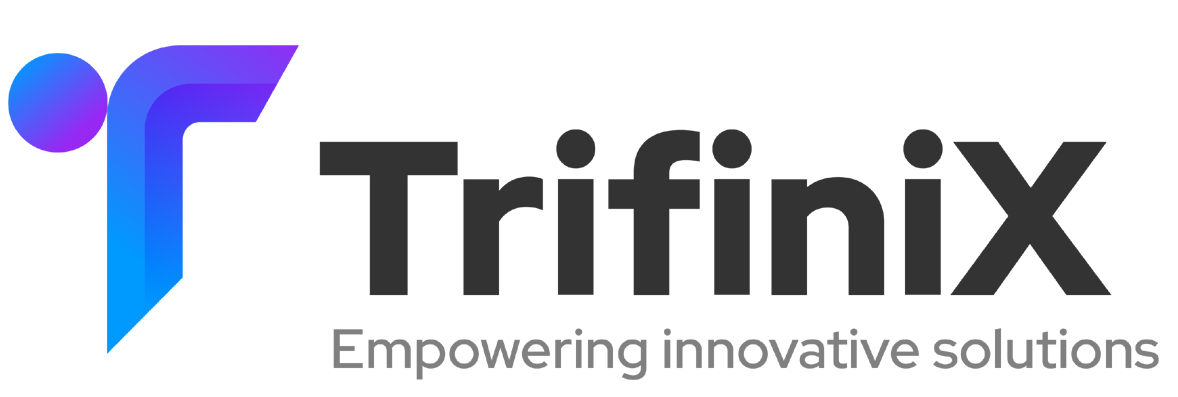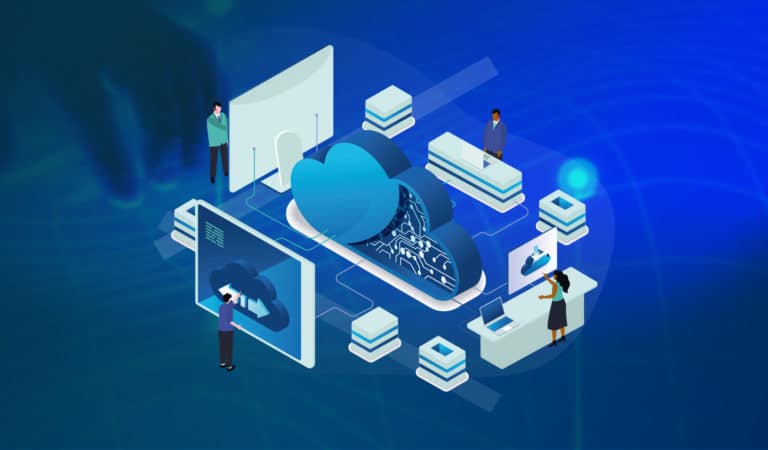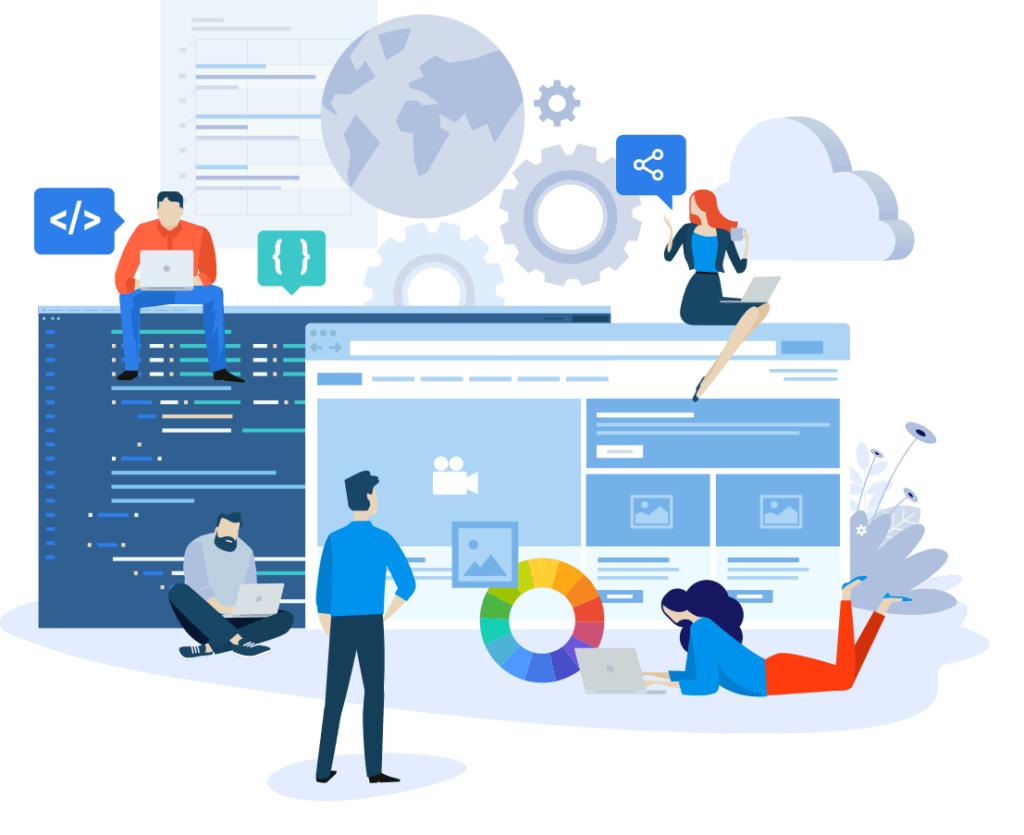What is Cloud Computing?
Delivering computing services across a network is referred to as cloud computing. This is because massive volumes of data are stored, managed, and processed through a network of shared and different servers (hosted on the Internet other than a local server or PC), reducing the cost of IT infrastructure.
Cloud integration has immense possibilities and scope. Therefore, the IT industry is divided into three groups.
1) Software as a Service (SaaS)
Software is owned, distributed, and remotely managed by one or more providers. In the beginning, Software-as-a-Service, or SaaS, is a well-liked method for getting access to and paying for software. SaaS organizations allow you to rent hosted software rather than install it on your servers. Usually, a subscription fee is paid monthly or annually.
2) Infrastructure as a Service (IaaS)
Customers have on-demand access to computing resources owned and hosted by providers and are accompanied by storage and networking capabilities.
3) Platform as a Service (PaaS)
PaaS is an extensive group of middleware (application infrastructure) services. These services include business process management, integration, database, and application platform.
This entire process deviates from conventional on-premise computing, which is carried out using a local server or pc. However, more and more users are not using these conventional techniques.
Top Trends in Cloud Computing
As more businesses rely on on-demand IT for anything from accounting software to full-fledged IaaS, PaaS, and SaaS solutions, the cloud continues to be a vital resource across multiple industries. Let’s have a look at five of the cloud computing trends you can expect to witness in the future of cloud computing.
1) The Growth of Serverless Computing
Serverless computing is a cloud approach in which the customer doesn’t have to deal with infrastructure administration and server provisioning. Instead, the cloud service providers manage the supporting infrastructure and distribute computing power following the demand.
Serverless computing provides many advantages to a business:
- You don’t pay a set price for a certain amount of bandwidth or storage. Instead, you can go with the pay-as-you-go model.
- The internal team is not responsible for managing the servers.
- The team can spend more time developing and developing new concepts because internal developers don’t have to provision complicated server clusters.
- There is no risk of under- or over-provisioning because serverless platforms scale autonomously without any help from the internal staff.
Serverless computing is rapidly growing at a quick pace. Expect to see more businesses use serverless solutions in the upcoming year as it offers yet another way to improve team agility and save costs.
“According to current predictions, between 2022 and 2026, demand for serverless technologies will increase by 22.6%.”
2) Even More Adoptions for AI and ML
All machine learning and AI platforms need a lot of processing power and data bandwidth, and the cloud is the most cost-effective approach to get these resources. AI and ML technologies complement each other.
- AI guides cloud IT services in managing data while obtaining reliable insights into user behavior, trends, preferences, etc.
- Cloud computing security increases the affordability and accessibility of AI.
Cloud computing plays a vital role in creating two emerging AI technologies.
Creative Algorithms:
These software tools use machine learning to produce everything from artificial data to works of art. These algorithms can also use to train different AI systems.
Language Modeling:
Programs that understand human languages more accurately are a technology that is expected to change how companies communicate with their customers.
Cloud computing for business will be crucial in delivering these services to customers and providing the necessary infrastructure for programs with high computational demands.
Not only big companies profit from AI’s usage of cloud network services. Cloud computing service models will become a popular entry point for high-end AI solutions among small and low-tech organizations. Start-ups and businesses with smaller resources could not use advanced ML and AI functionalities without the cloud.
Moreover, cloud computing service providers have allowed companies of all sizes and sorts to create AI/ML products. Since these AI/ML platforms demand a lot of processing power and bandwidth, cloud migration optimization will unavoidably play a significant role in that expansion.
“Consequently, experts predict that the AI market size will grow to USD 850.61 billion by 2028. “
3) Deploying to the Edge
Edge computing is a new method of processing data that doesn’t conduct activities inside a data center. Instead, processing and storing data occurs on specialized hardware at or close to the network’s edge.
Every edge server has different storage capabilities, networking, and computing, allowing it to perform the following tasks:
- Security
- Network switching and routing
- Load balancing
In place of cloud computing, edge computing is not a viable alternative. Instead, edge and cloud computing solutions work best together, and this trend is already apparent in 2022.
Using both cloud and edge technology allows IT environments to benefit from the cloud while also offering:
- Reduced bandwidth use
- Data processing almost instantly
- Low to no response time lag
- Reduced data transmission rates
In 2022, edge computing will be crucial as more businesses attempt to boost efficiency by linking edge devices with cloud integration. At least 40% of organizations will look to incorporate Secure Access Service Edge (SASE) into their toolchains so that you can anticipate a rise in SASE as well. With the help of this security architecture, a business may monitor and regulate access to cloud applications and services, on-premises infrastructure, and end-user devices. SASE guides in upholding a high standard of security and compliance, two of the primary issues with edge computing.
4) Kubernetes and Blockchain
Kubernetes is a technology that offers a tamper-proof digital ledger that can record data without depending on a centralized authority. Blockchain technology is a game-changer but has scaling issues, particularly massive data management and storage.
A blockchain environment can scale quickly with the help of Kubernetes (K8s), an open-source technology for automating deployments and scaling programs. With several containers running for a single essential service, K8s also offer high availability.
Enterprises will carry on pushing the boundaries of blockchain and K8s in 2022 since they work so well together.
5) More Focus on Cloud Security
The main barriers to cloud adoption continue to be issues about compliance, privacy, and integration problems. In response, cloud service providers are providing enhanced security features.
In the feature, we will witness huge demand for:
Secure Access Service Edge (SASE): SASE allows users to stably manage and regulate access across end-user devices, on-premise IT, and cloud apps.
Cloud-Based Disaster Recovery (DR): A business can use cloud disaster recovery to back up data and create a standby IT environment that can take over if the primary infrastructure fails.
A primary priority in 2022 will also be gaining visibility across many cloud application platforms. Additionally, business owners desire transparency across all IT environments to close gaps resulting in compliance infringements or cyberattacks.


